Language: English | Size: 2.58 GB | Duration: 9h 15m
What you’ll learn
Understand How a Car Engine Work: Four-Stroke and Two-Stroke Engines
Recognize Engine Geometry and Related Terminology: Piston, TDC, BDC, Bore, Stroke, Connecting Rod, Crankshaft Arm, Crank Angle, Intake and Exhaust Valves
Identify and Calculate Important Engine Performance Parameters: Power, Torque, Efficiency, Mean Effective Pressure, Volumetric Efficiency, Specific Fuel Consumption
Perform Engine Kinematics Calculations such as the instantaneous Piston Speed
Evaluate the performance of heat engine cycles for which the working fluid remains a gas throughout the entire cycle
Develop simplifying assumptions applicable to engines
Solve problems based on the Otto, Diesel, Dual and Miller cycles
Analyze Cycles based on important parameters: Efficiency vs compression ratio, imep vs compression ratio and engine load and more
Compare Otto, Diesel and Miller cycles at various operating conditions
Learn how to draw P-V and T-S diagrams for each cycle
Perform a complete analysis for an Ideal Four Stroke Engine Cycle
Model the Intake and Exhaust Strokes and Evaluate the effect of residual fraction on cycle efficiency
Requirements
A Strong Background in Engineering Thermodynamics is Required.
Knowing How to Use Microsoft Excel is Also Required.
Description
The internal combustion (IC) engine is a heat engine that converts chemical energy in a fuel into mechanical energy, usually made available on a rotating output shaft. Chemical energy of the fuel is first converted to thermal energy by means of combustion or oxidation with air inside the engine. This thermal energy raises the temperature and pressure of the gases within the engine, and the high-pressure gas then expands against the mechanical mechanisms of the engine. This expansion is converted by the mechanical linkages of the engine to a rotating crankshaft, which is the output of the engine.
The main focus of this course is on the application of the engineering sciences, especially the thermal sciences, to internal combustion engines. The goals of the course are to familiarize the student with engine nomenclature, describe how internal combustion engines work, and provide insight into how engine performance can be modeled and analyzed.
In this course, we discuss the engineering parameters that are used to characterize the overall performance of internal combustion engines. Major engine cycles are covered such as Otto, Diesel, Dual and Miller cycles. The following lectures will apply the principles of thermodynamics to determine temperatures and pressures throughout an engine cycle, in addition to important engine performance parameters such as: Indicated Thermal Efficiency and the Indicated Mean Effective Pressure. Also we investigate the dependence of engine performance on engine compression ratio and engine load.
An aspect upon which we have put considerable emphasis is the process of constructing idealized models to represent actual physical situations in an engine. Throughout the course, we will calculate the values of the various thermal and mechanical parameters that characterize internal combustion engine operation.
My goal in this course is to help students acquire a solid theoretical background of internal combustion engines. Solved numerical examples are used extensively in this course to help students understand how theory is applied to analyze practical applications.
Who this course is for:
Engineering students interested to learn about engines




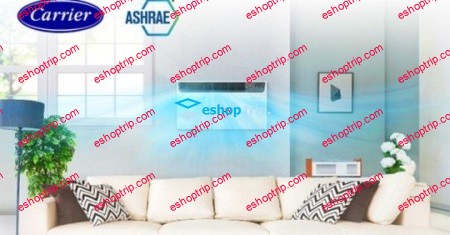
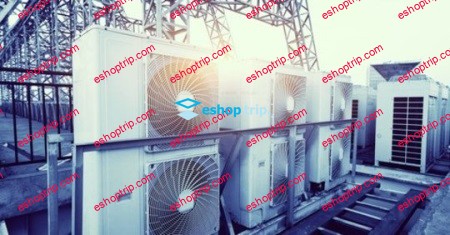


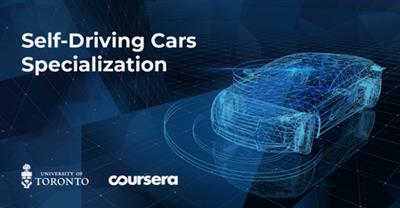
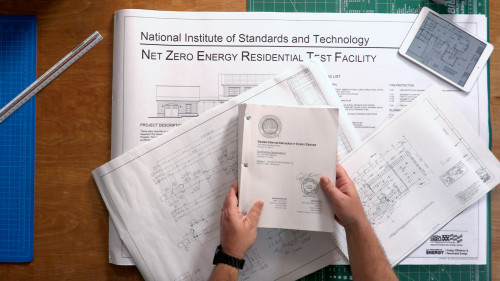
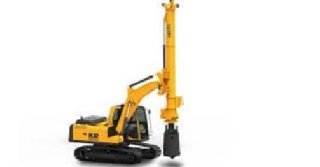
Reviews
There are no reviews yet.